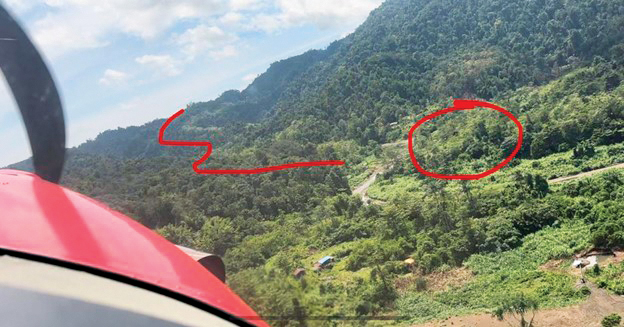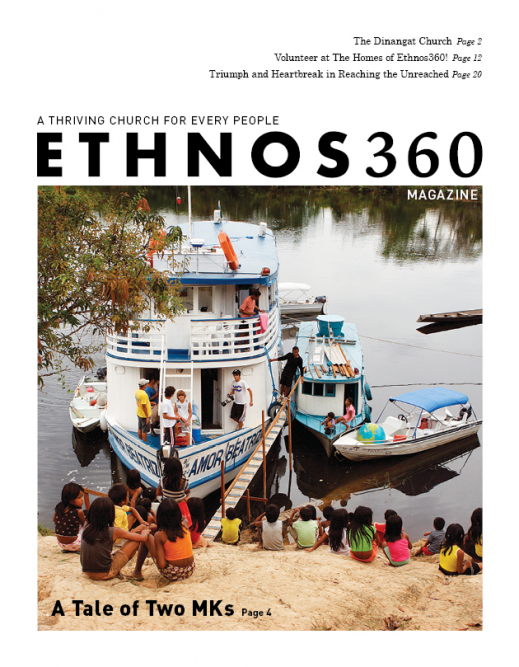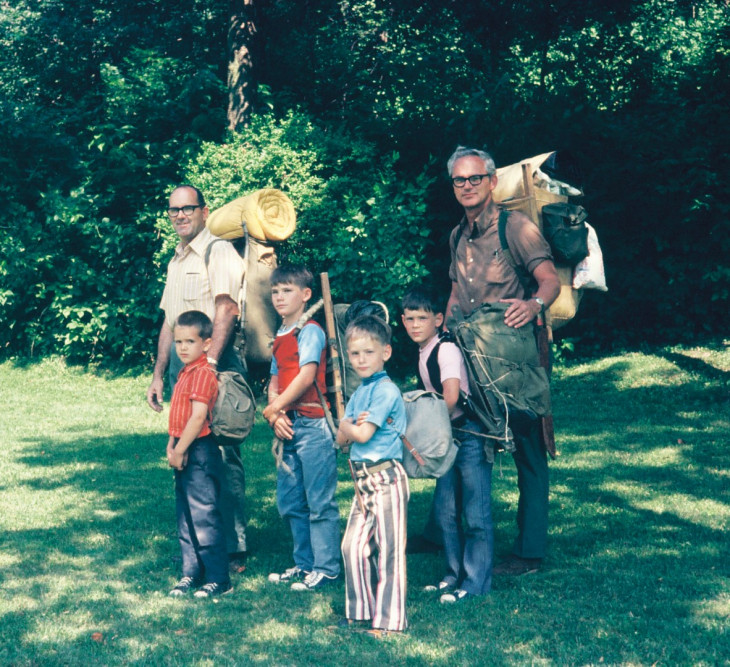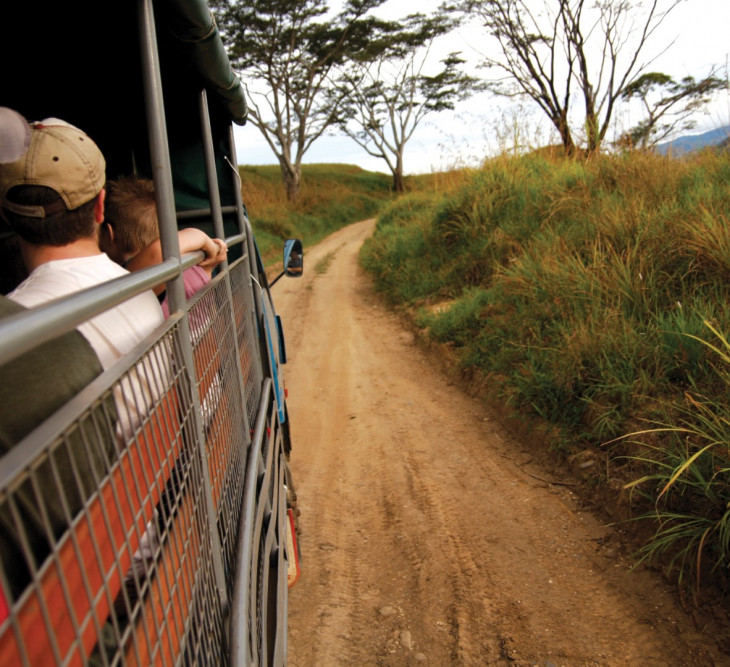Triumph and Heartbreak in Reaching the Unreached

It’s easier said than done, as the saying goes. And there is certainly nothing easy about making inroads to an unreached people group (UPG) living unbelievably far into the jungle. The following is a compilation of accounts from missionaries who risk life and limb as they navigate their way through rugged terrain, swollen rivers and deep woods to reach those who need to hear the Truth of God.
Out of reach or simply unreached?
Out there — in the middle of nowhere — there is a tiny village — and another — and another — and still another. Each made up of only a handful of houses, these villages are sprinkled across hundreds or even thousands of square miles. These people are spread far and wide. They live extremely isolated, tucked into valleys, on the steep inclines of mountains and along ambling riverbeds.
After hours of research, combing through old records and studying (almost) every pixel of known satellite imagery, we found at least 30 villages in this people group. A co-worker and I hopped aboard an airplane and then a helicopter to confirm as many of these village locations as possible.
In April 2023, I visited this people group for the first time. The purpose of that survey was mainly to determine the people’s interest for missionaries, find out some details of the language divisions and get feet on the ground. Our survey team was very positively received, and a great desire for missionaries was communicated.
On the heels of such a successful survey, I planned and studied for a second survey to answer questions raised from the last visit. Planning for this survey involved staging fuel, an airplane and a helicopter — all within tight time constraints. We needed to map out specific flight paths to locate villages from the air, and we planned to land the helicopter in locations it had never been before.
The villages we visited were nestled into valleys with rolling mountains rising up on every side. The climate was a gentle tropical heat, but the rivers were cool and refreshing.
My heart was burdened once again by the isolation and lostness of these people. It is sobering to see their faces, hear their desire for something — anything — more than what they have. This people group is large and yet so spread out that it makes determining a strategy for reaching them very difficult. Getting supplies, traveling and planning out a trajectory to bring them the gospel will all be difficult.
Is that thing going to capsize when I step in?
This was running through my head as I was urged forward. The skipper was telling us to climb aboard his dugout canoe, about 30 feet long but only about as wide, at its widest, as my hips and the 4-foot, 10-inch-tall man who squeezed in next to me.
A 15-horsepower engine was strapped to this hollowed-out tree. There was no keel or other such method of keeping the boat from turning over.
These jungle-dwelling people groups do live deep in the jungles — further away than you can imagine from cities, stores or real medical care — but they are people just like you and me. They have hopes and dreams, likes and dislikes, and beliefs to which they hold very strongly. They think just as deeply as you do and need just as desperately to understand that the One true Creator God once came as a Man named Jesus and died in another faraway land to pay the sin penalty we all deserve.
And that right there is the reason I had flown more than an hour in a Cessna 208 Caravan to a grass airstrip out in the middle of nowhere and stepped into that seemingly very unstable floating tree-boat that bright morning, with plans of going even further into the “nowhere.”
The sun was hot, the day was long, and after three coats of sunscreen, six hours of river travel, and 17 times of clambering out and back into the canoe to push it over shallow, fast-moving, rocky riverbeds, we arrived at our first destination — only to discover we hadn’t actually arrived. We were close, but the sun was setting, and all the knowledgeable information told us the river gets too shallow to navigate with a motor beyond this point. So, we stopped at this much smaller village with a few families living there and proceeded to ask questions, set up our mosquito nets in one of their thatched roof garden houses, and retired for the night.
The following morning revealed that these people, who we were so certain had requested us to come, were not convinced they wanted Bible translating and teaching missionaries to come live with them and learn their language. They want education, sure, and medical care, government representation, an airstrip, and on and on. But Bible teachers? They had one of those come through years ago.
You see, the reality is that years upon years of poorly conducted so-called evangelistic efforts have divided this nation of 800+ languages into varying labels of Christian, even though the majority of these different language groups — the majority of these PEOPLE — have never heard the gospel shared clearly in a way they understand, whether because it wasn’t shared in their heart language and with their cultural worldview taken into consideration, or perhaps it wasn’t shared at all, and instead they were given a list of dos and don’ts to please this god-overlord they have never heard of and do not understand.
And so it was with heavy hearts that my companions and I got back into the canoe to head back down river just a day after we had come up it. Sitting in that boat, my heart was breaking for those people who have no idea how desperately they need a Savior for their souls, not one who merely brings them stuff.
But that’s not the end of the story, because just around a different river bend, it turns out the fields are more ripened for the harvest. Over the next two days we spent time in other villages within the same language group as the first, but these people are thirsty for the rich wealth of information stored between the pages of the Bible shared in their heart language.
And so, we press on.
— Jacob and Charis Doerr, Papua New Guinea
What mountain is God asking you to cross or what river to ford to reach someone who needs to hear the gospel? It may just be next door or across the street, but are you willing to challenge the limits of YOUR mental, physical and emotional abilities? Let’s fly, sail or walk until the last one hears.

Getting there is only the beginning.
The flight was the easy part: just an hour and a half to a remote airstrip. My fellow pilot shut down the airplane engine, and we unloaded our cargo: pickaxes, shovels, a chainsaw, a wheelbarrow and a couple of hiking backpacks. Looking comically like a turtle, one of the local church elders strapped the green wheelbarrow bucket to his back and tested the feel of it; the trails to a new airstrip site are so rugged that the only way to deliver any supplies is on your back.
Pretty soon the group was off on foot, and I took the controls of the plane and flew home, passing their destination in just 10 minutes. My co-workers wouldn’t arrive for another 50 hours, after fording multiple rivers and sleeping in the jungle.
And then the hard work would begin. So many measurements must be taken: length of the airstrip, the slope (lengthways and sideways), the angle of obstacles over the departure path, the firmness of the ground, the orientation of the runway and so much more. After verifying that the location will work for an airstrip, the heavy lifting starts: preparing a sample section of runway for the villagers to follow as a pattern.
Digging drainage ditches is crucial in a tropical rainforest, as well as making a crown so water flows sideways off the airstrip. Any soft areas must be hardened with rock or gravel, but the surface still must be smooth — potholes and airplanes don’t mix.
Why can’t we just use a helicopter? It would be much simpler, but a helicopter lacks range, meaning it would run out of fuel long before it ever got close. This location is just too far away to be served by helicopter.
The site is one of our gospel outreach locations, with many people eager to hear the Word of God, but few missionaries can visit due to the rugged terrain.
— Jamin and Elizabeth Peck, Asia Pacific




